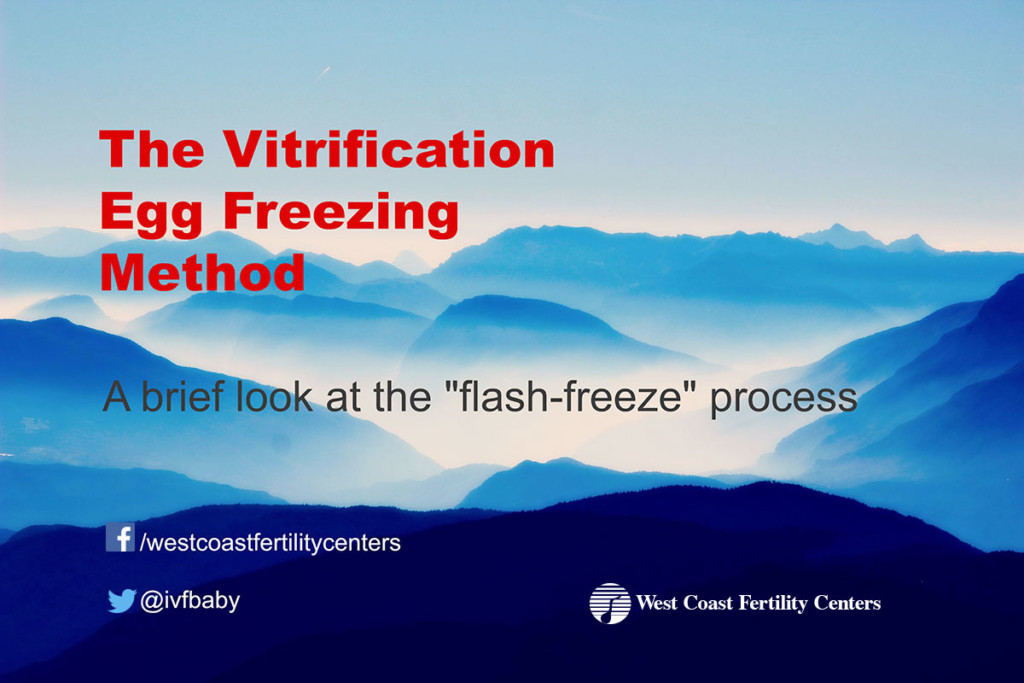
The process of egg freezing has advanced immensely in recent years, thanks in large part to vitrification. Vitrification is a process used to rapidly freeze oocytes, or human eggs. The perfection of this process allows women to freeze their unfertilized eggs until they are ready for them to be implanted.
The Challenge of Egg Freezing
Cryopreservation has been used for decades to help preserve fertility for men and women. For instance, freezing sperm has been around since the 1950’s and embryos were first frozen in the 1980’s. Freezing a woman’s unfertilized eggs though, proved to be far more challenging. This is largely due to the amount of water contained within eggs and their delicate nature. The water within human eggs poses two threats to successful preservation.
The first threat is crystallization. Like the ice in your freezer, water can crystallize once it is frozen. In the case of a human egg, however, even the smallest crystal can be a razor sharp weapon that can damage it.
The second threat is the basic physics of water freezing. As you learn in high school chemistry class, water expands as it freezes. When a human egg is frozen, the water can expand and damage the membranes of the egg.
How Vitrification Works
Vitrification neutralizes both of these threats. Through vitrification, eggs are exposed to a high concentration of cryoprotectants, which remove some of the water within the egg and eliminates the threat of rupture. Next, the eggs are plunged into a bath of liquid nitrogen, which freezes the eggs in 2-3 seconds. Quickly freezing the eggs does not allow time for crystals to form within the eggs. Vitrification allows something that should be very rough when frozen to freeze as something very smooth, like glass. The entire process of vitrification takes about ten minutes.
Once frozen, the eggs are stored in liquid nitrogen at the incredibly cold temperature of -196 degrees Celsius. There are no long-term studies on how long an egg can remain frozen and be viable once thawed. However, the data suggests that if frozen and stored correctly, eggs can remain frozen indefinitely and be viable upon thawing.
To store eggs properly, they must be stored at a facility equipped for cryopreservation. The cost to store eggs at these specially equipped facilities varies across the country, but costs can range anywhere from $300 to $800 per year.
Vitrification can be used to freeze eggs for cancer patients who want to preserve their fertility before a chemotherapy regimen, for patients who are at high risk of premature ovarian failure, or for patients who wish to delay motherhood beyond the 20’s and early 30’s. The perfection of this process allows women to have similar success rates through IVF as those who choose to freeze embryos.





